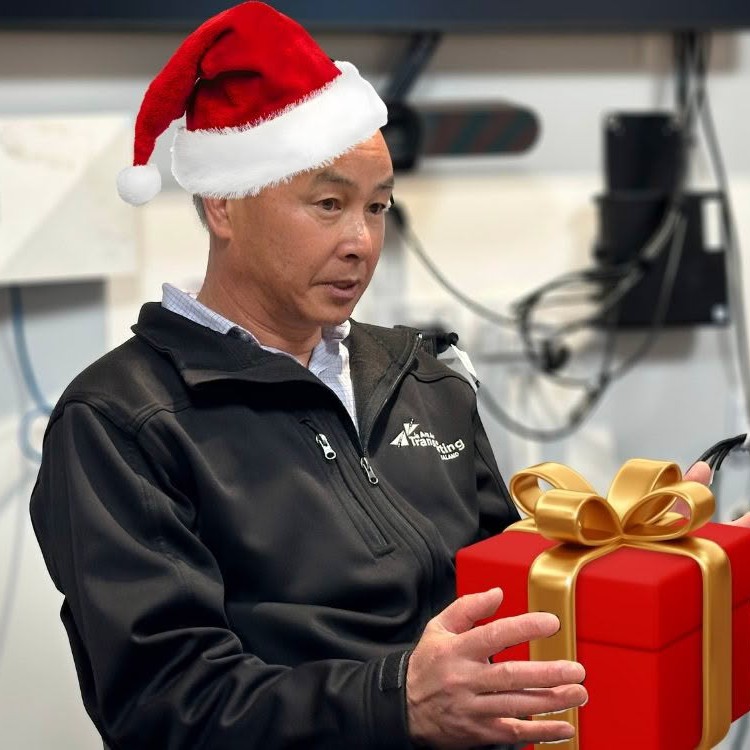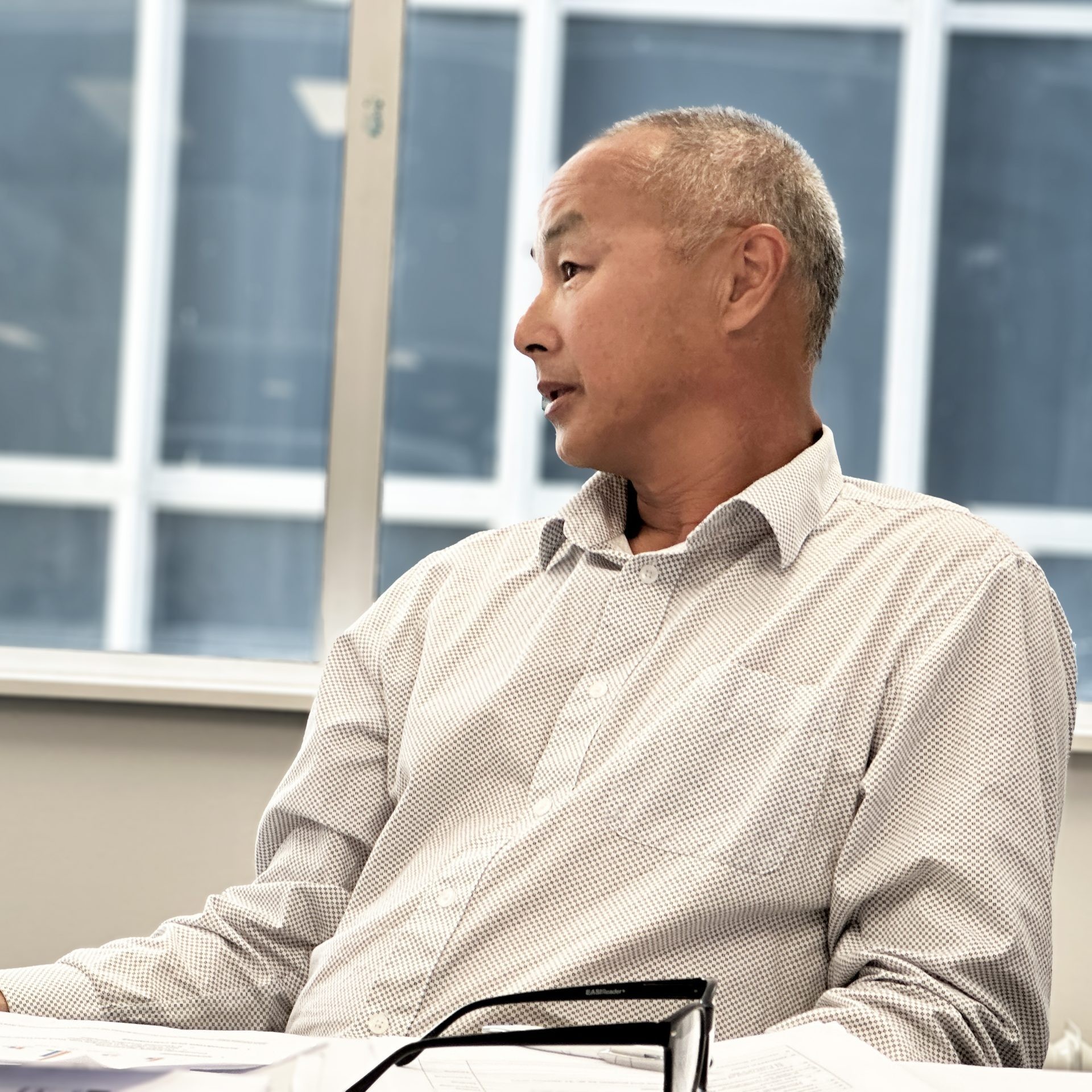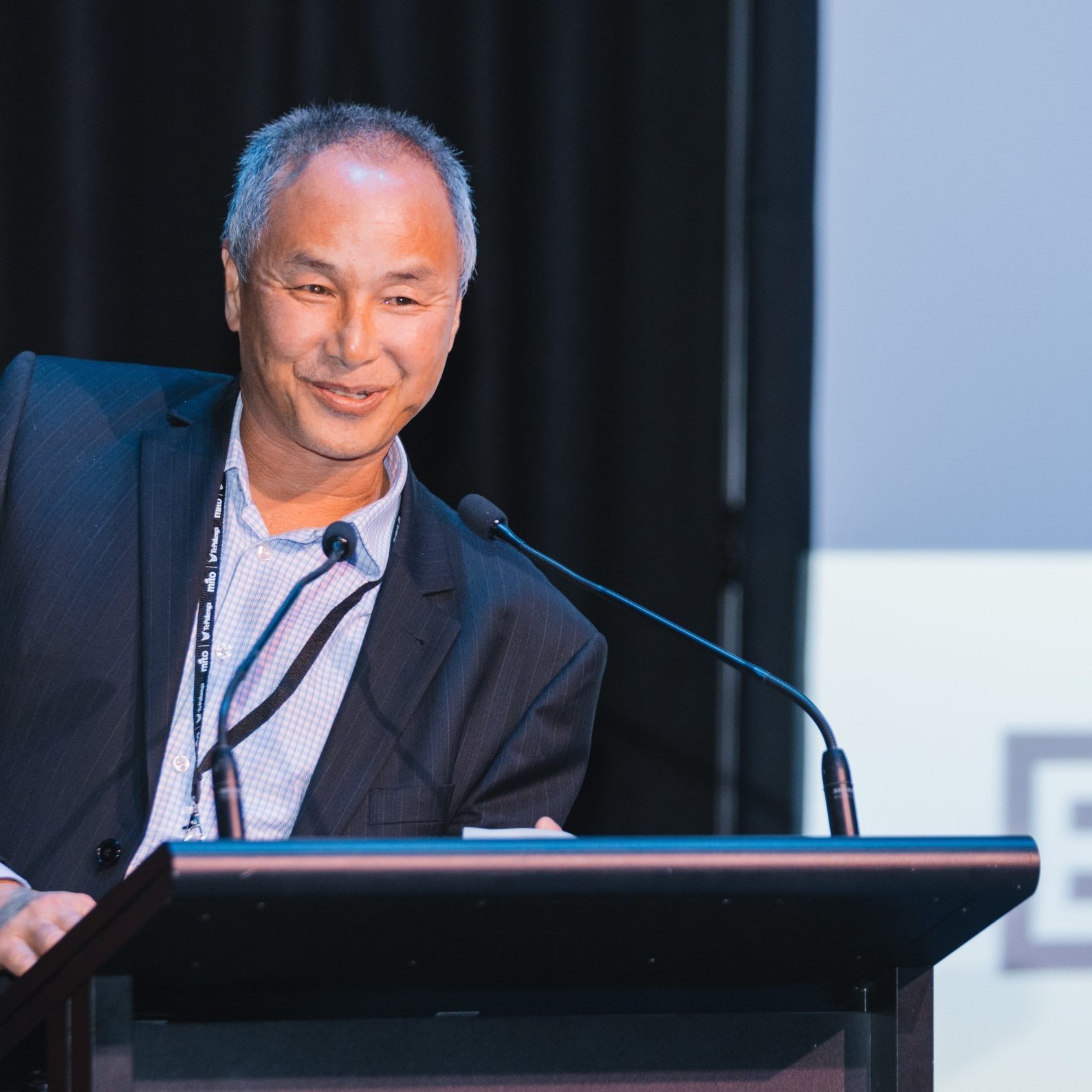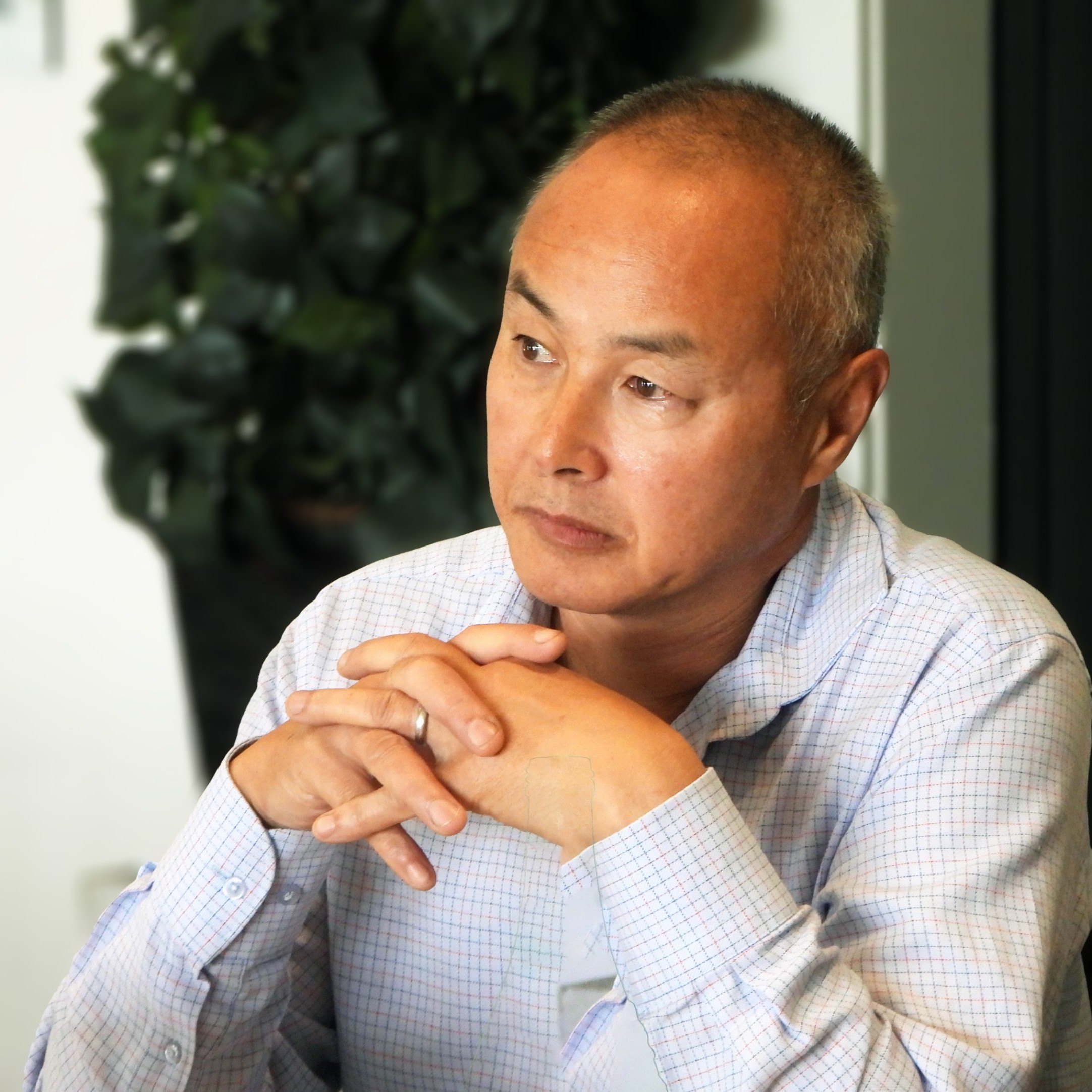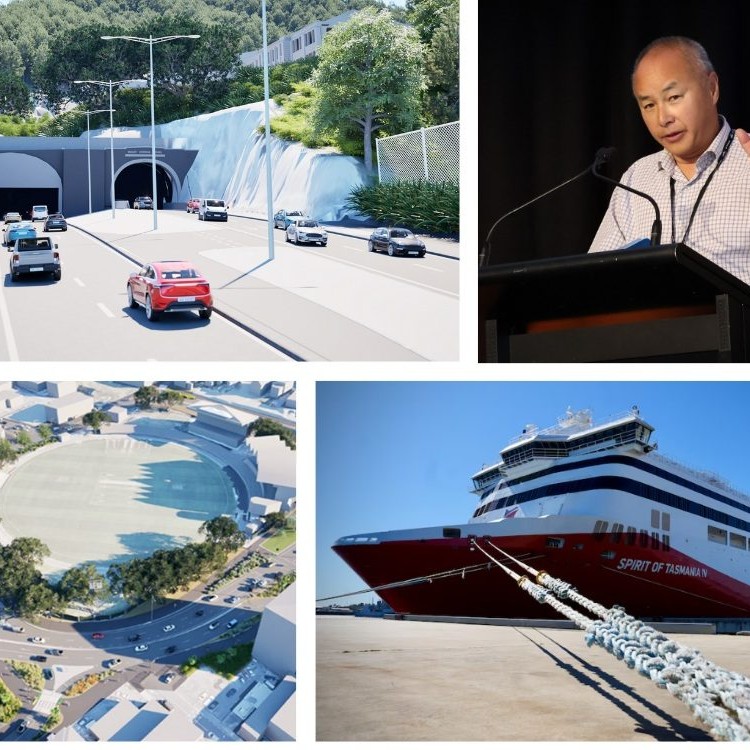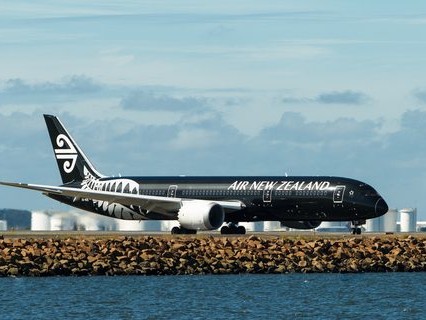
Former CEO Nick Leggett’s time with Transporting New Zealand formally ended at the end of April When the Board and a handful of guests farewelled him with a dinner. While the night was predominantly about celebrating Nick’s achievements, I couldn’t help but spend some time reflecting on other changes I’ve seen in the industry.
This blog might seem to be drawing a long bow but bear with me. In terms of annual passenger throughput, Christchurch Airport has always been in the top three airports. For a long time, it was second only to Auckland, but in the last couple of years, it’s been a close third to Wellington.
You might wonder why I’m talking about aviation. Most people appreciate that planes need fuel, but they might not realise that the fuel pumped into planes is all roaded from Port Lyttelton to Christchurch Airport. Fuel tankers are on the road around the clock undertaking a round trip journey of almost 60 kilometres to keep the planes flying.
The world’s largest commercial passenger jet, the Airbus A380, has a fuel capacity of 320,000 litres, so depending on the road tanker configuration, it typically takes somewhere between 7 and 10 trips to get that fuel from Lyttelton to the airport!
When I was at the Ministry of Transport 25 years ago, one of my key projects was improving heavy vehicle productivity. For getting fuel to Christchurch Airport there was a route that was amenable to the fuel tankers operating at higher mass and after some good collaborative work between the oil companies, their transport hauliers, the Ministry of Transport and NZTA, vehicle combination weights for some of those vehicles were increased.
For the largest combination, a B-train, the weight increased from 44 tonnes to 52 tonnes. Bearing in mind the tare (dead) weight of the vehicle is constant, that enabled that tanker to cart about one-third more fuel on every trip. The geometric dimensions didn’t change, it was a ‘standard’ size vehicle like many others operating at that time. The change simply enabled more product to be carried, and so began what’s now commonly known as high productivity vehicles.
When the vehicles were allowed to carry more, it meant they complete the task with fewer trips, and that meant a reduction in road safety risk exposure and a reduction in the diesel fuel required to complete the task, which is good for the environment. It’s that simple.
Murray Young, who is now with NZ Express. Back then he was with Alexander Petroleum (now Alexander Group). Alexander Petroleum was the haulier for Shell NZ carting the fuel to the airport. And it was a pleasure working with Murray on the B-train project to move jet fuel more efficiently and in a way that benefited everyone.
Murray is now Chair of the NZ Intermodal Transport Safety Group (NZITSG) which has been developing a document called “Good Practice Guidelines for the safe operation and maintenance of truck and trailer mounted container cranes (Sideloaders)”.
That guidelines are currently undergoing consideration for WorkSafe endorsement and we expect a decision and public announcement very soon. This is another superb example of transport industry leadership. NZITSG has across Industry and across supply chain representation. The latter involves the manufacturers of sideloaders as well as service and maintenance providers, driver operators, and transport business owners.
That group of specialists are directly and operationally involved in managing the risks associated with that work, and therefore in my view, are best placed to understand the risk and lead the management of it.
Murray and NZ Express are also great supporters of Road to success, investing in their workers’ training and development, and helping those workers achieve a tertiary qualification.
Our May edition of Transporting News includes a short article on Alexander Group celebrating Diwali. Promoting diversity and inclusion are other initiatives that will help deliver some of the structural change that our sector needs to secure its future.
I think it’s no coincidence that 25 years ago, Murray was at Alexander Group. Back then, John Alexander was a well-respected leader and innovator and his children, who are now running the business, Hayley and Rod, have continued that leadership.
Alexander Group and NZ Express are just two examples of the great stuff happening in our sector. There are lots of other people who are heavily committed demonstrates this by their actions and investing for the future of our sector.
This week I presented at a breakfast meeting of Rotary members. During the meeting, there was reference to the Maori proverb, “He aha te mea nui o te ao? He tangata, he tangata he tangata” “What is the most important thing? It is people, it is people it is people and we are the protectors and nurturers of our next generation.
In many areas, road freight is just one, I’ve seen great people leadership and I’ve found inspiration in that. Progress and change are necessary and inevitable. The commitment and actions of every single one of us plays a role in how change occurs. We can either help do that positively, or we can sit and go with the flow, or we can try to stop it. They are all valid behaviours, and people will have their reasons for taking their respective approaches.
If you haven’t seriously thought about it, I think it’s useful to spend some time thinking about what role you are playing in protecting and nurturing our next generation.
-Dom Kalasih is interim chief executive of Ia Ara Aotearoa Transporting New Zealand.

